Braybrooke area was home to a long established garage
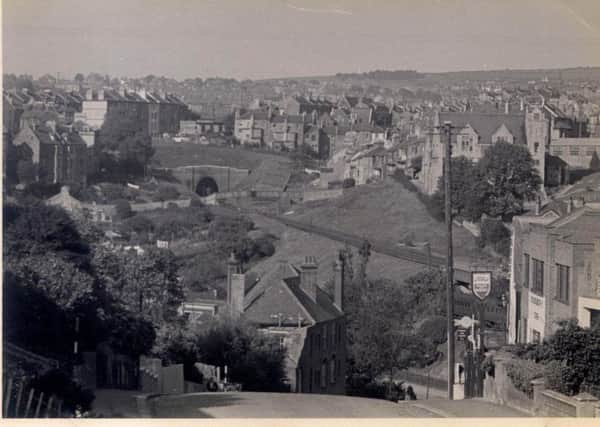

He writes. Braybrooke Road is built on part of the Cornwallis Estate and is named after an element of the wealthy and intertwined Cornwallis / Braybrooke/Waldegrave families as were many of the other roads in the area.
The road name originally described the route from the junction of St Helens Road opposite Elphinstone Road to Linton Crescent, under the road bridge but later developments curtailed it at both ends so that the eastern end now starts at the junction with Lower Park road and the western end is now reached at the railway bridge where it becomes Cornwallis Terrace and the part parallel to the railway has been renamed Braybrooke Terrace since about 1888.
Advertisement
Hide AdAdvertisement
Hide AdThe eastern end of Braybrooke Road, by Alexandra Park, was renamed some thirty years ago to ‘Bethune Way’ after one of Hastings’ twin towns and was chosen because there are no properties on that section of road that would need to be renumbered.
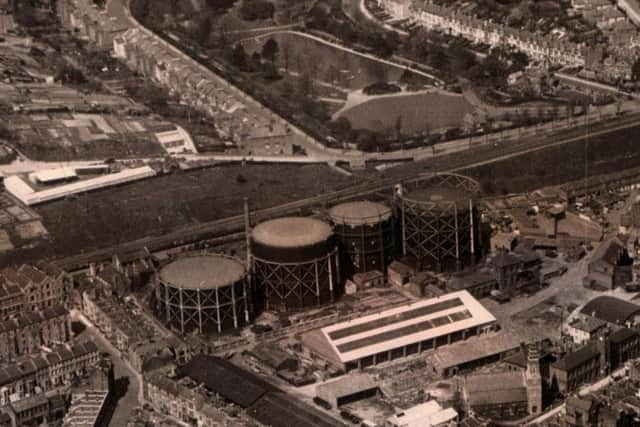

Braybrooke Road does not appear on the map until the 1897 Ordnance Survey when development had started at the western end and was creeping eastwards and had just passed the crossroads with Priory Avenue.
The terrace backing onto the railway was known as ‘Wykeham Terrace’ (another Cornwallis-connected name) and facing four large semi-detached residences on the opposite side of the road.
At the eastern end of Wykeham terrace was a pair of semis, (later 134 and 136 Braybrooke Road) in the same style as the terrace and beyond that was open ground traversed by the ancient pathway that joined the top of Waterworks Road by crossing the railway line and carried on westward by way of the steps leading to what would later become Priory Close.
Advertisement
Hide AdAdvertisement
Hide AdThe steps were created when the cutting carrying that part of Braybrooke Road was made. The railway line was electrified in the 1930’s and the pathway was diverted through a specially created foot tunnel that emerges at the bottom of the hill opposite Lower Park Road.
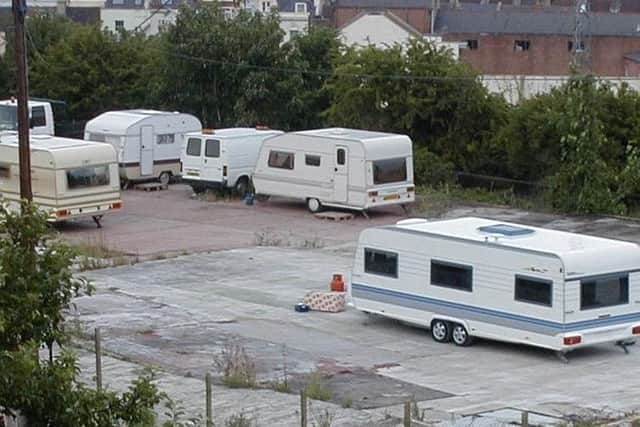

References to Wykeham Terrace had disappeared by the end of the 19th century, the houses being renumbered 98 to 136 Braybrooke Road with Thomas B Mastin, partner in the department store of the same name living at 98 and Henry Ward, the prolific Hastings Architect, lived in one of the semis at the other end of the terrace at No 136.
By the start of the first war detached ‘Brampton Villa, was added at No 138. After the war, by the 1920’s ‘Braybrooke Garages’ are recorded east of Brampton Villa and a James Hollingsworth is noted operating at 14 & 15 Havelock Road and as a ‘Motor Body Builder in Earl Street.
He is also recorded pre-first war as a coachbuilder at 2-8 Battle Road.
Advertisement
Hide AdAdvertisement
Hide AdBy the second war ‘J. Hollingsworth Ltd. motor engineers’ are noted in, presumably, Braybrooke Garages and were to thrive there until the firm closed at the end of the last century.
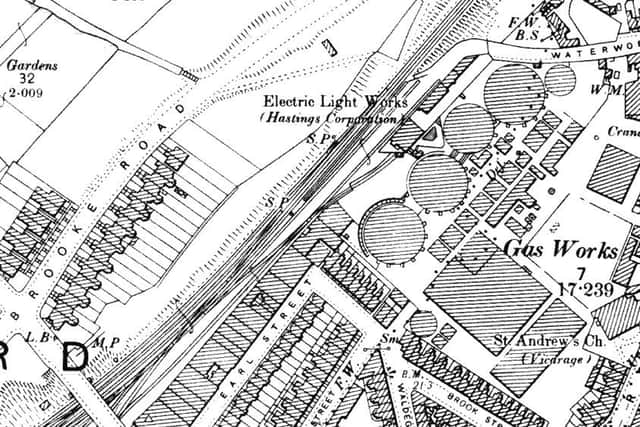

By 1960, Hollingsworths Ltd. Motor Engineers & Ford main dealers had premises at 13, 14 & 15 Havelock rd.; Braybrooke rd., 11 Waterworks rd. and 91 & 93 Middle Road, Ore.
By 1970 their operation had expanded so that Brampton Villa had been acquired and demolished to make way for an enlarged car park and further expansion included works and stores at another site, York Road near Silverhill bus garage.
By 1974 Nos 134 and 136 Braybrooke Road had been acquired and the site cleared for further enlargement of the Hollingsworth car park where trading continued until the end of the 1990’s when the firm closed and the site was cleared. Only the surreal ‘Ford, part and Service’ sign remains.
Advertisement
Hide AdAdvertisement
Hide AdNot long after the buildings were levelled a specially designed enclosed conveyor was built nearby for transporting spoil from Southern Water’s storm tunnel in Alexandra Park to a specially built railway siding and then, following the occupation and subsequent eviction of travellers from the site the concrete foundations were broken up to discourage further occupation and several totally inappropriate developments were subsequently proposed for the site. Planning refusal was upheld on appeal with the site remaining undeveloped.
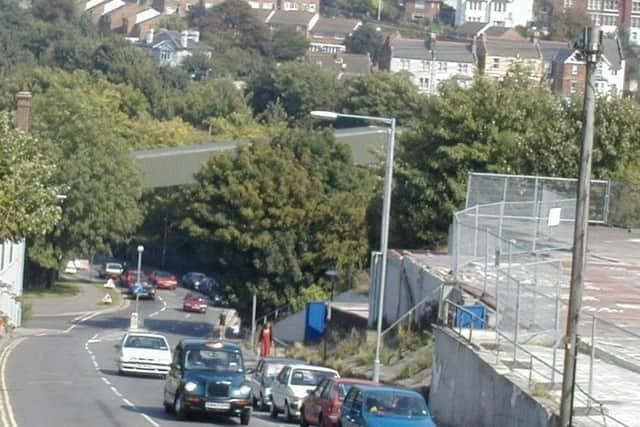

All illustrations throughout this series are from Ion Castro’s own collection including the ‘modern’ pictures which he took himself and he can make available copies of many of the images used in this series. There’s more local history on Ion’s website, www.historichastings.co.uk.
Captions: